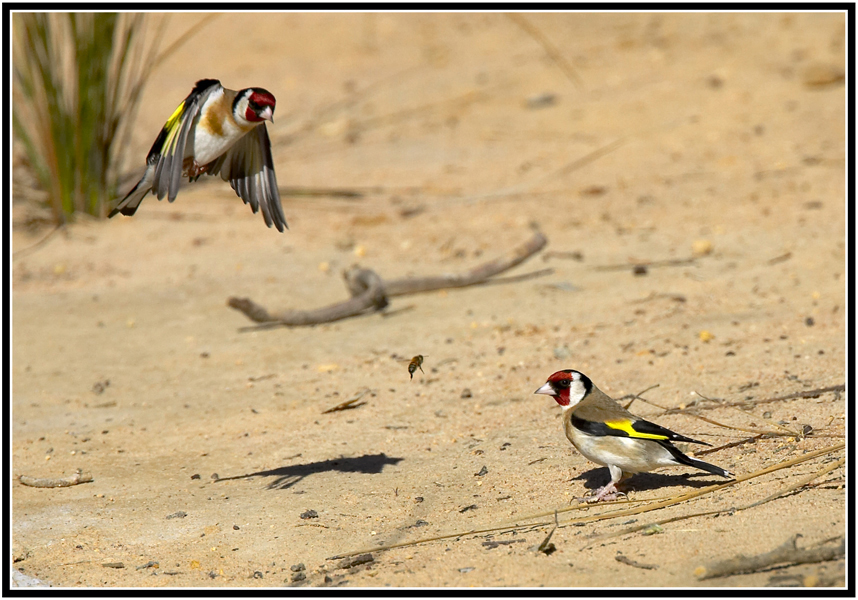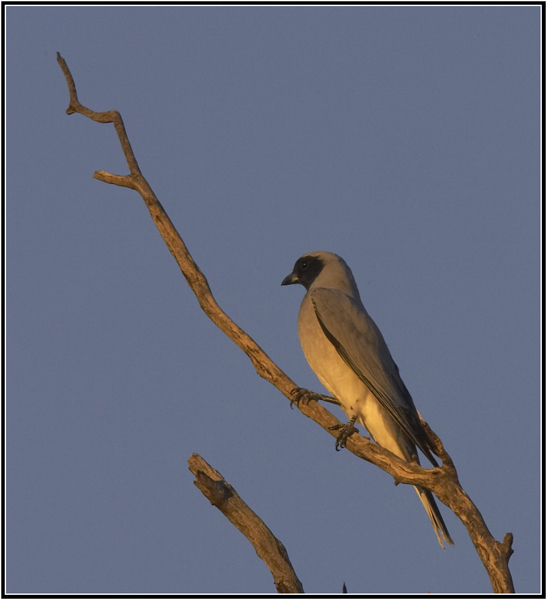| |
| Home |
| Activities Calendar |
| Birding Sites |
| Newsletter Archive |
| Recent Outings |
| Photography Group |
| Contact Us |
| Royal Botanic Gardens, Cranbourne |
|
Access: Ballarto Road off South Gippsland Highway (Map 133 Grid A10 & Map 133 Grid K10) Facilities: Parking, toilets, partial wheelchair access, café in the Australian Garden Opening Hours: 9:00 am to 5:00 pm, closed Christmas Day and days of Total Fire Ban. Habitat: The Royal Botanic Gardens Cranbourne, a division of the Royal Botanic Gardens Melbourne, is one of Victoria’s most precious areas of native bushland and offers nature-lovers the chance to explore 363 hectares of untouched heathlands, wetlands and woodlands. These expansive natural gardens are home to thriving bird and animal life, including several rare and endangered species and can be accessed by designated walking tracks. The RBG Cranbourne is home to a new garden - the Australian Garden. The Australian Garden is a place where visitors can immerse themselves in Australian flora, landscapes, art and architecture. This amazing new garden features a gallery of exhibition gardens, sculpture and displays - all highlighting the beauty and diversity of our Australian landscape. An entrance fee is applicable to the Australian Garden. Information: Click here Map of RBG Cranbourne: Click here Map of the Australian Garden: Click here Typical Common Birds include: Australian Wood Duck; Chestnut Teal; Pacific Black Duck; Blue-billed Duck; Australasian Grebe; Hoary-headed Grebe; Spotted Turtle-Dove; Australian White Ibis; Straw-necked Ibis; Brown Goshawk; Swamp Harrier; Purple Swamphen; Dusky Moorhen; Eurasian Coot; Pacific Gull; Silver Gull; Eastern Rosella; Superb Fairy-wren; White-browed Scrubwren; Striated Thornbill; Yellow-rumped Thornbill; Brown Thornbill; Spotted Pardalote; Striated Pardalote; Yellow-faced Honeyeater; White-eared Honeyeater; White-plumed Honeyeater; Little Wattlebird; Red Wattlebird; New Holland Honeyeater; White-naped Honeyeater; Golden Whistler; Grey Shrike-thrush; Dusky Woodswallow; Grey Butcherbird; Australian Magpie; Grey Fantail; Willie Wagtail; Little Raven; Magpie-lark; Eastern Yellow Robin; Welcome Swallow; Common Blackbird; Common Starling; Common Myna; Mistletoebird; Red-browed Finch. Other Possible Birds include: Grey Teal; Hardhead; Rock Dove; Common Bronzewing; Australian Pelican; White-faced Heron; Black-shouldered Kite; Masked Lapwing; Rainbow Lorikeet; Horsfield’s Bronze-Cuckoo; Pallid Cuckoo; Fan-tailed Cuckoo; Laughing Kookaburra; Yellow Thornbill; Bell Miner; Noisy Miner; Brown-headed Honeyeater; Black-faced Cuckoo-shrike; Crested Shrike-tit; Rufous Whistler; Australian Raven; Skylark; Silvereye; European Goldfinch. Outings Bird Lists: For a Bird List of all recent BirdLife Melbourne Outings to this site, click here
|
|
||

